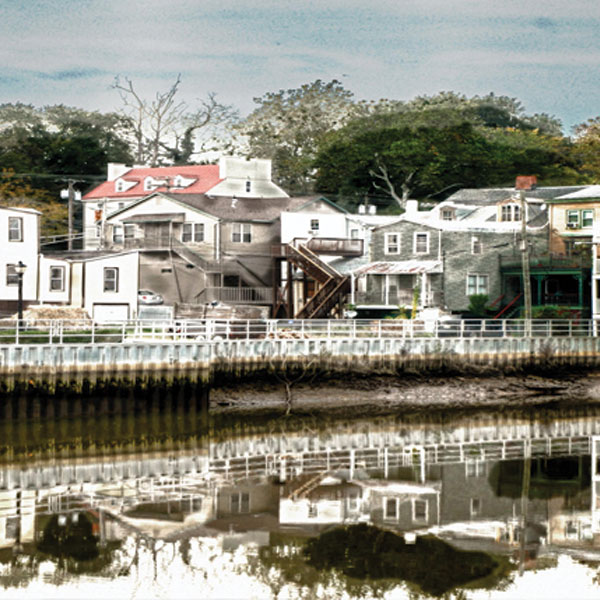
Take a walk through time in New Jersey’s largest historic district and visit over 300 years of American history. Get a walking tour map and take an excursion into Colonial, Federalist, and Victorian History. This Historic Bridgeton Walking Tour features a wealth of historic attractions what will appeal to the entire family. Their history formally began in 1686 when Richard Hancock built a sawmill and workmen’s houses near where Pine Street meets the Broad Street bypass. In fact, today Potter’s Tavern and Ebenezer Miller’s house still remain from Pre-revolutionary times. In 1716, a bridge was build across the Cohansey River and in 1749, the Cohansey Bridge became the county seat. By the time of the revolution, Bridgetown, as it was then called, had about two hundred inhabitants. Bridgeton began to grow. It’s population increased form 400 in 1800 to 2,387 in 1838. There were now 475 building in the town. Among them were four churches, twelve schools, six blacksmith shops, a nail and iron factory, a woolen mill, and much more. By this time, Bridgeton was quite self-sufficient, and few things needed to be imported. However, thirty cargo-carrying schooners and sloops were based in Bridgeton. The prosperous business and professional men built elegant and pretentious homes. The latest American architectural styles were used: Federal, Greek Revival, etc. Bridgeton became more of an industrial center in the latter half of the 1800s and the fine Victorian homes of this era reveal this prosperity. Atlantic Street and Commerce Street have the greatest concentration of the remaining Victorian houses. Today, you will meet a city committed to restoring its heritage. Experience the quaint Victorian downtown ambiance, satisfy your palate at one of their fine eateries, and enjoy their special events and recreation facilities. Visit website
